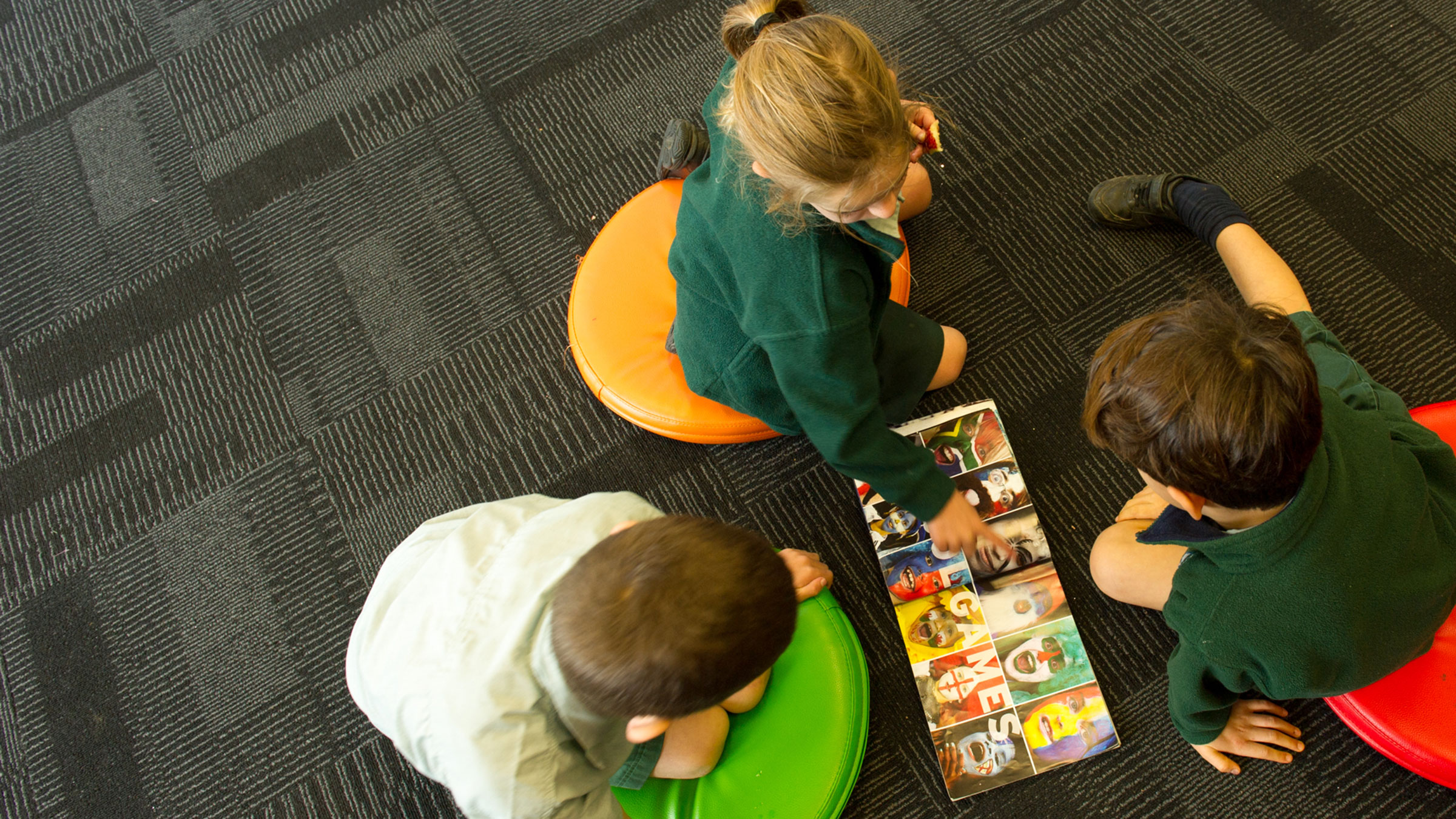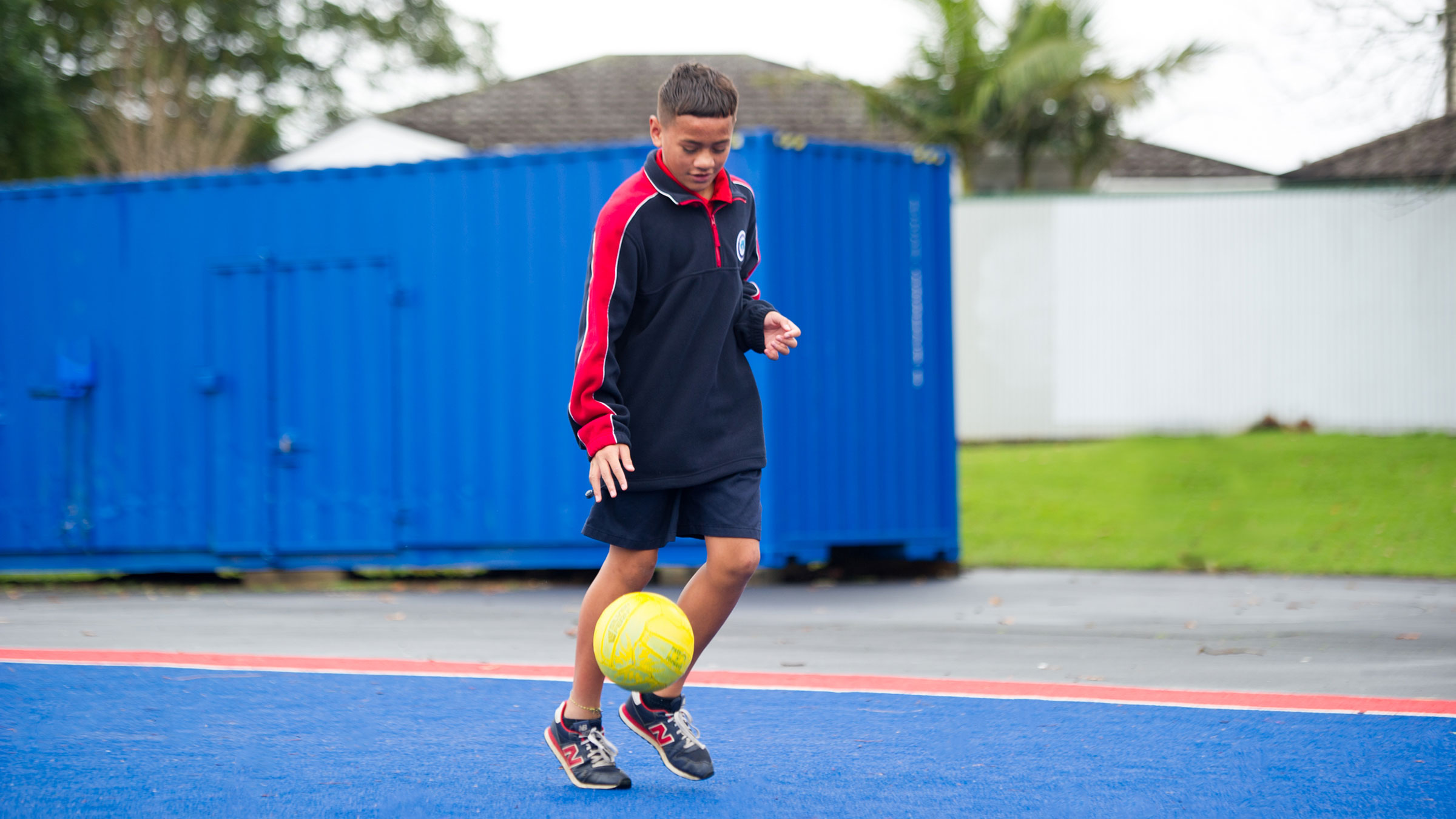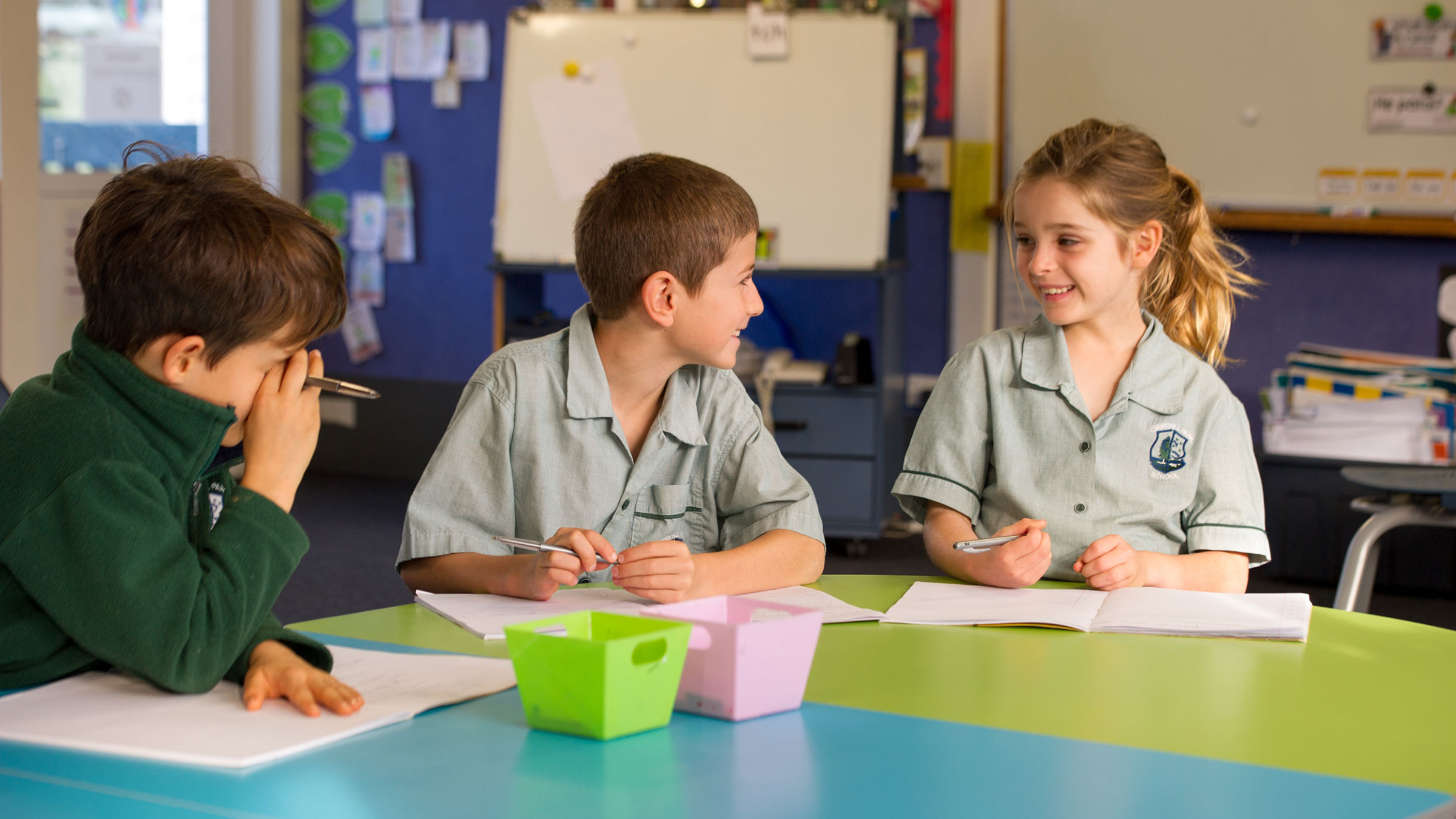Understanding the learning activities for the mental health key area of learning
Understanding ourselves and getting on together: Learning activities from the mental health key area of learning is a collection of activities for teaching and learning that nurture self-awareness and acceptance, develop social skills, and create positive and inclusive classroom communities.

The ways that people connect with their whānau and communities directly affect their quality of life. Making and maintaining friendships, forming relationships, working in groups, and dealing with peer influences are all important concerns for ākonga. Helping ākonga develop and maintain friendships, investigating and agreeing on what it means to be good citizens in the physical and digital classrooms, and creating positive classroom communities can support ākonga to develop social and communicative skills, and to know they are valued members of the school community.
Mental health relates to all dimensions of hauora. As a key area of learning in The New Zealand Curriculum, teaching and learning about mental health addresses these dimensions for ākonga. This activity collection aims to teach ākonga knowledge and self-management skills to support their own sense of identity and acceptance of themselves, as well as interpersonal communication skills that promote positive, inclusive classroom environments, and healthy friendships. Learning knowledge and skills for promoting respectful relationships can also enhance learning across all curriculum areas.
Cultural capability considerations
It is important that kaiako model positive interactions as they communicate and work with others and that they demonstrate commitment to the values and beliefs of their school and ākonga. All ākonga are part of wider whānau, hapū, iwi, and other community groups. Culturally capable kaiako and tumuaki know, value, and integrate the cultural capital of their ākonga into the work of creating positive classroom communities.
Classroom programmes dealing with mental health should be sensitively developed so that they respect and reflect the diverse values and beliefs of ākonga and the whole school community. For kaiako of Māori and Pacific ākonga this is likely to involve engaging with whānau and aiga to learn what identity and respectful communication means for them. Your approach to creating a positive classroom community reflects your school values, and the expression of those values is guided by dialogue with your wider school community.
Dialogue with the wider school community requires kaiako to establish and maintain professional relationships and behaviour focused on the learning and wellbeing of each learner.
Engage in reciprocal, collaborative learning-focused relationships with:
- ākonga and whānau
- teaching colleagues, support staff and professionals
- agencies, groups, and individuals in the community.
Identity and self-worth

Identity and self-worth link to taha wairua and spiritual wellbeing. For ākonga, a sense of identity and self-worth develops through awareness of their uniqueness, and their interconnectedness, including:
- their relationships with other people, such as whānau, friends, classmates, and kaiako
- their connections to whānau, hapū, iwi, and whenua
- the communities they are part of including their school, their class, teams, religious groups, clubs, and workplaces
- their personal characteristics, such as gender, abilities, hobbies, and culture.
To develop identity and self-worth, ākonga need be able to:
- describe their ideas, needs and feelings, and listen to those of others
- identify personal strengths and how they can contribute as part of a group or as a class member
- feel good about themselves, and valued as part of their school community.
The following questions suggest potential questions for ākonga inquiry. The points below the questions are a starting place for kaiako guidance.
What makes me me? Where do I belong?
- Building confidence by developing the ability to self-reflect, appraise, and advocate for ourselves (managing self).
What skills do I need to feel positive about myself and to act confidently with other people?
- Examining the wider cultural, social and community factors that inform how we understand ourselves and other people (relating to others, thinking).
How can my relationships with others in my class help me feel good, or not so good, about myself and about other people?
- Identifying how attitudes and values are linked to personal identity and self-worth and how they contribute to health-enhancing or health-harming decisions (managing self).
Enhancing relationships

Learning intentions for ākonga include:
- understanding a range of roles within classroom relationships, ways to establish and maintain these, and how to respond to changes (relating to others)
- developing awareness and respect for others by acknowledging differences, and the right of every ākonga to be accepted and included regardless of gender, ability or disability, age, ethnicity or culture, belief system, sexual orientation, or socio-economic status (relating to others)
- developing interpersonal skills and processes to enhance classroom relationships, including:
expressing our feelings, and listening to and responding to others (managing self, relating to others, and participating and contributing)- using assertiveness skills to give and receive feedback, address discrimination, resolve conflict, and ease peer pressure (managing self, and relating to others)
- using health-enhancing processes, such as problem solving, decision making, mediation, and negotiation (thinking, and participating and contributing)
- understanding what it means to be a good digital classroom citizen (managing self, relating to others, and participating and contributing).
Creating supportive environments

Creating supportive environments involves leading ākonga inquiry into:
- the thoughts and feelings that contribute to their perception of their bodies, and wider influences such as digital media, peer pressure, and our recreational activities
- accepting diversity in both ourselves and others and acknowledging and celebrating the differences in size and general appearance, abilities, ethnicity, and cultural practices that make each of us unique
- creating environments in which everyone works towards eliminating judgments, assumptions, and discrimination based on stereotypes; tolerates difference, and reduces hurt and stigma caused by remarks about appearance and difference.
Possible learning activities and assessment
A range of learning activities are included in the collection. Kaiako can choose the activities and approaches that best meet the needs of their ākonga. A collection of pedagogical approaches for quality teaching and learning tailored to health and physical education are available here.
Although the learning experiences present a teaching sequence, kaiako are not necessarily expected to implement all the activities or follow the sequence suggested. To meet the learning needs of their ākonga, kaiako may use all or parts of this collection over a two or three year cycle and may also select or adapt activities aimed at other year levels.
Assessment for learning and providing feedback to ākonga
As you complete the activities, provide ākonga with feedback about their learning to support them to understand next steps for their learning (feed forward) and also use this information to inform the selection and focus for future learning activities. Feedback may include:
- dialogue with ākonga to help them recognise their learning achievements, identifying what aspects they could develop further, and setting new personal or group goals
- reinforcing teaching points by using phrases like “I heard ...” or “I saw ...”
- helping ākonga to think critically about the learning activities and why they are of value
- encouraging ākonga to reflect on their learning by asking them, for example, how they feel about their work and what they might do differently next time
- recognising the efforts of ākonga by acknowledging their commitment, perseverance, and ability to complete tasks.
